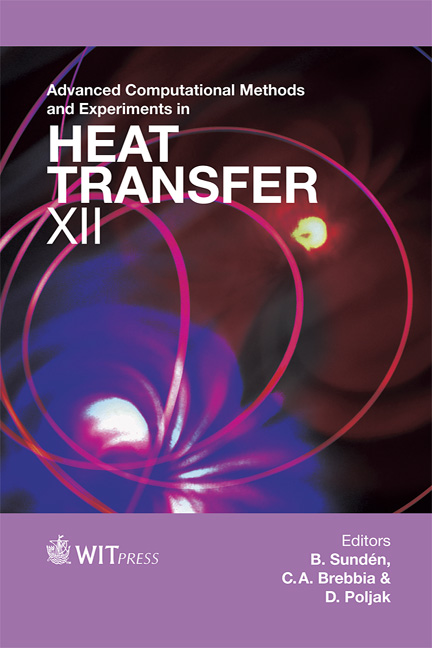Modelling Of Evaporation And Dissolution Of Multicomponent Oil Droplet In Shallow Water
Price
Free (open access)
Transaction
Volume
75
Pages
12
Page Range
231 - 242
Published
2012
Size
741 kb
Paper DOI
10.2495/HT120201
Copyright
WIT Press
Author(s)
O. Samimi Abianeh & C. P. Chen
Abstract
A multicomponent evaporation and dissolution model was applied to study the dynamics of the mass transfer of dispersed oil in shallow waters. This model, in Lagrangian form, was coupled with the Princeton Ocean Circulation model (POM) for simulating oil droplet dispersion in an oceanic environment. The oil dispersion was modeled for a standard sea-mount shallow water environment. The most abundant petroleum hydrocarbons in the hydrocarbon-enriched of oil plum larger than C1-C5 were benzene, toluene, ethylbenzene, and total xylenes. Therefore, the oil surrogate, which consists of these components, is studied. The liquid–liquid equilibrium and vapor–liquid equilibrium equations are solved for evaluating the droplet life time. A rapid mixing model is used by reason of the shorter internal mass diffusion time scale in comparison to the droplet life time. Four different droplet sizes, 1.5, 1, 0.5, and 0.1mm, are considered in this study. The droplet with a diameter of 1mm has a shorter life time in this specific environment. Keywords: multicomponent oil droplet dispersion, evaporation, dissolution, ocean circulation model, Rapid mixing model. 1 Introduction Multicomponent liquid droplet size history during evaporation and dissolution influences the dynamic behavior of the droplets, whereas the variation of the composition determines the distribution of the fuel compounds within the environment, and also the droplet life time. The fundamental understanding of
Keywords
multicomponent oil droplet dispersion, evaporation, dissolution, ocean circulation model, Rapid mixing model.





